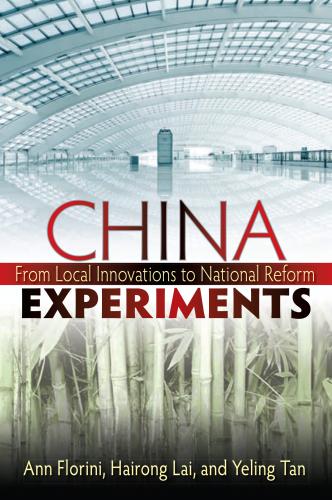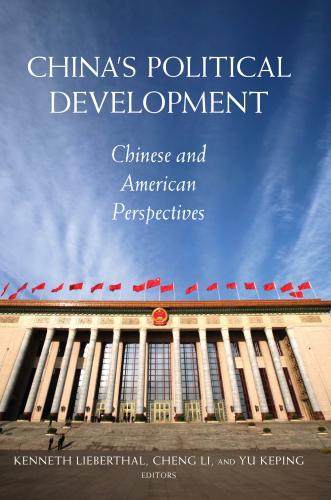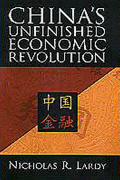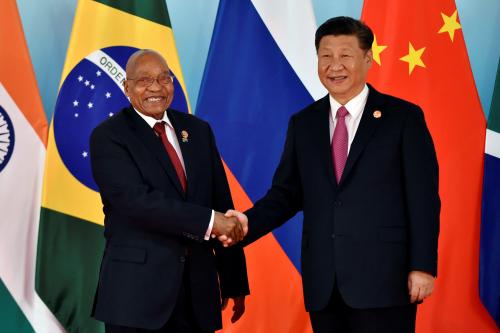According to a September 2020 report from the American Academy of Arts and Sciences (AAAS), China will soon surpass the United States (U.S.) in research and development (R&D) investment (Norman Augustine co-chairs the AAAS committee that published this report). China has already overtaken the U.S. in the number of scientific journal publications, bachelor’s degrees awarded, and number of researchers. These changes demonstrate the impressive transformation of China into an economic powerhouse in the span of a few decades. From 1999 to 2015, the country’s poverty rate fell from 40.3% to 0.5% (< $1.90 USD/day international poverty line). Despite the U.S. and China’s starkly contrasting political ideologies, China’s R&D milestone suggests that the U.S. reexamine China’s approach to R&D to reinvigorate its own.
The most overt factor contributing to China’s success was the country’s shift away from a potentially planned economy. In a planned economy, the government determines the supply, coordination, and pricing of goods and services. Such systems often have trouble maintaining economic stability, encouraging entrepreneurship, and efficiently distributing resources. As China shifted towards free market governance, two major changes occurred: (1) China better utilized its comparative advantage in manufacturing and (2) markets became segmented to cater to a variety of consumers. With regards to the former, China’s generally lower standards of living and wages make it cheaper to employ laborers. Nobel prize winning economist Paul Krugman argues that these laborers ultimately see their standard of living rise as their country’s unemployment falls and export industry rises.
The second part, however, is not as well understood. In the mid-2000s, the market for Chinese counterfeit brands of American products, colloquially called “shanzhai”, exploded. These counterfeits would take recognizable products, particularly in the technology industry, and recreate cheaper versions of them. Although these knockoffs often lacked the bells and whistles of the authentic product, they made important technologies like cell phones accessible to large swaths of the population. Connecting the population digitally paved the way for apps like WeChat, which allow users to do everything from messaging to mobile banking. These advances have become so widespread that companies like Xiaomi and Tinno have spawned from the shanzhai ecosystem to become authentic technology competitors on the world stage.
The Chinese government played a crucial role supporting this growth through nationally coordinated efforts to interconnect the country. One such example is the development of China’s high-speed railway. China’s railway has grown by 15,500 miles (25,000 km) from 2008 to 2019, making it the most extensive in the world. In the past decade alone, over 7 billion passengers have used these networks, drawing praise from the World Bank for the network’s expansion and traffic capacity. These developments are not just a national effort, but required extensive coordination between the China Railway Corporation, railway manufacturers, scientific laboratories, academic centers, and engineering hubs. China pledges to add 43,500 miles (70,000 km) by 2035. National plans like these create a scaffold of investment for public- and private-sector organizations to collaborate without being too paternalistic to inhibit progress.
While free markets are foundational to creating opportunities for entrepreneurship and advancement, government intervention can catalyze continued economic development.
What can the U.S. learn from these approaches? The first is to further adopt long-term goals and build a variety of incentives to achieve that vision, with a particular focus on infrastructure and technology development. During World War II, Dwight D. Eisenhower was inspired by Germany’s early Autobahn network that was critical to moving Allied forces across Europe. He envisioned a similar network to connect the U.S. through the Interstate Highway System. At $25 billion, the Federal Aid Highway Act of 1956 set a 10-year plan to build 41,000 miles (66,000 km) of road. The federal government provided strategic investment while states were responsible for building and maintaining their sections of the interstate. Although the costs and time to build the system were higher than expected, the Interstate Highway System’s completion is regarded as one the U.S.’s most successful infrastructure development projects. This road network served as a scaffold that promoted societal enhancement: speeding transportation of goods, moving manufacturing to cheaper areas, and connecting individuals with more employment opportunities. The U.S. should implement similar visions that can live beyond the lifetime of a single administration to ensure predictable funding towards a unified goal.
The AAAS uses this approach in its 2020 report to outline strategies to support R&D in the public and private sectors. The report recommends creating national and state funding plans for R&D, building budget structures that facilitate continued investment, supporting legal status for international students in STEM and their families to facilitate migration, and focusing educational investment on K-12 education. These national initiatives can be further improved by implementing effective practices from rapidly growing economies. As China has learned from U.S. advancements and free market strategies, the U.S. should readily learn from Chinese developments and long-term economic visions.
The lesson to be learned from China’s R&D is that progress requires long-term investment in human capital and physical capital, and that making such investments—or not making them—can have major consequences for a nation’s wellbeing.
The U.S. has become complacent as a leader in global competitiveness, a status that it may not continue to hold. The U.S. must adapt to keep up with the rapidly changing world or risk becoming victim to its own success.








Commentary
One lesson the U.S. can learn from China to improve its competitiveness in technology development
January 19, 2021